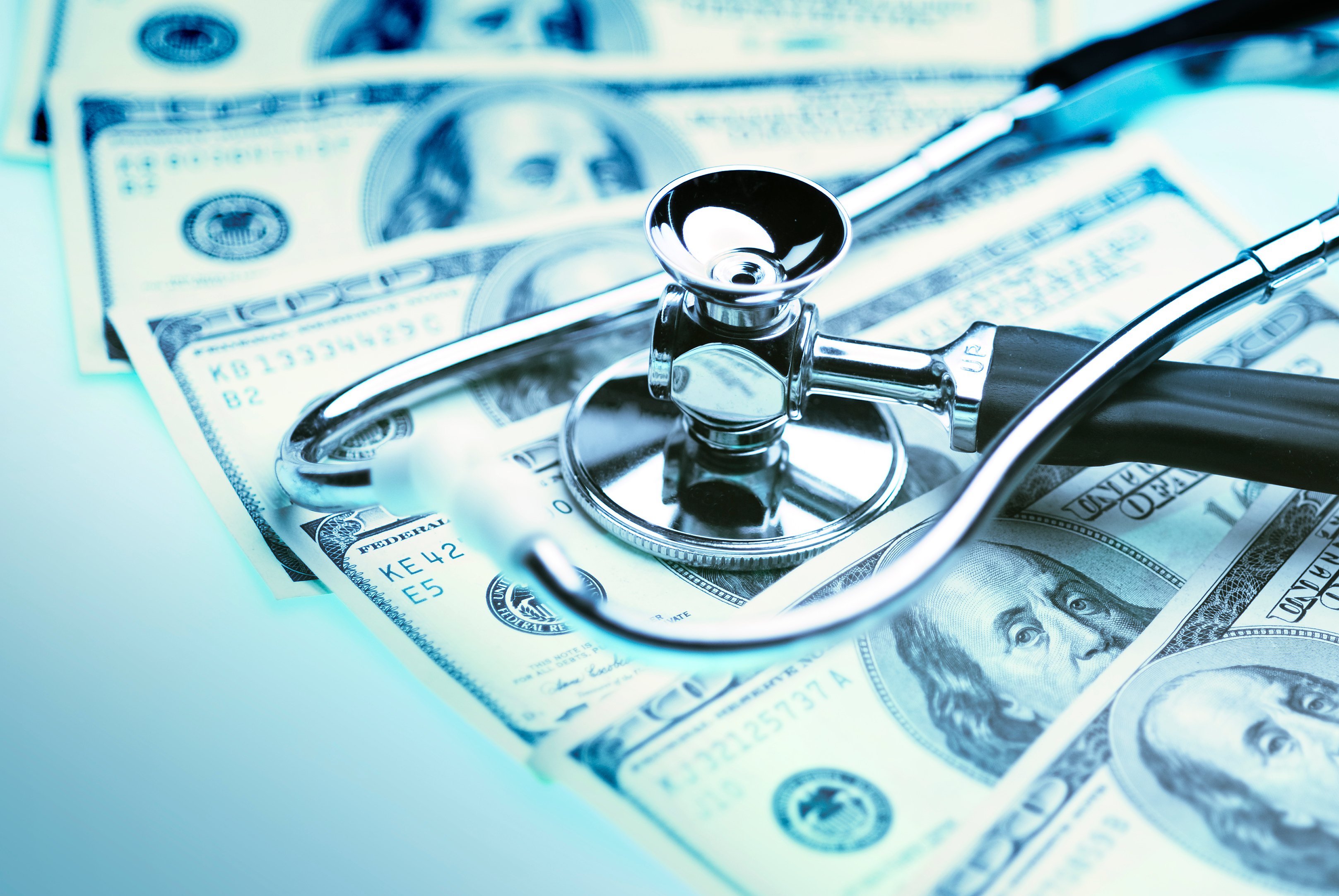"More than 9 million Americans have signed up for private health insurance or Medicaid coverage -- 9 million."
-- President Obama, in his State of the Union speech last night
That's technically true. About 3 million Americans have signed up for private insurance on the federal or state exchanges, and around 6 million are now eligible for Medicaid.

Source: Whitehouse.gov
The problem is the number doesn't tell us what we need to know to figure out whether Obamacare is viable.
How many of those 9 million are newly covered Americans?
We don't know, so we can't exactly blame the president for the number he used. However, it's likely that many of those 9 million had health insurance previously.
A survey by McKinsey & Co. earlier this month said that just 11% of people that signed up on the exchanges were previously uninsured. It's not an official number, but even if it's in the ballpark, most people were just switching insurance.
That's not a particularly surprising breakdown for early enrollees. Money is a pretty good driver. People who were paying a large chunk of their income on health insurance can get subsidies by signing up on the exchanges. There were also all those people with catastrophic insurance that had their plans cancelled because they didn't meet the new minimum requirements.
We yet know how many people who signed up on the exchanges actually paid for their insurance. You'd think it was pretty high, considering how difficult it has been to sign up on the federal website, but there are certainly going to be some people who change their minds between signing up and getting the bill.
Medicaid is for low-income individuals, so presumably the number of people who were previously uninsured is higher, but we don't have any figures to know for sure. The 6 million who signed up for Medicaid includes all people who signed up, many of whom would have been eligible under the old Medicaid rules. It isn't clear how much the expansion of Medicaid under Obamacare is helping to get the uninsured covered.
The uninsured make Obamacare work
More people in the system is key for the numbers to work out.
Drug companies, for instance, are required to give discounts on drugs bought through Medicaid and Medicare as part of Obamacare. The industry didn't fight the law because it's counting on sales to newly insured patients to cover the discounts.
Likewise health insurers, such as UnitedHealth Group (UNH 1.01%) and Humana (HUM 0.09%), are counting on new enrollees not only for the added revenue but also to make the insurance prices work. Many uninsured people were uninsured because the risk of getting sick doesn't justify the cost. Adding those to the risk pool makes up for those with pre-existing conditions.
Earlier this month, Humana said its projected enrollment was "more adverse than previously expected." If the enrollees, on average, have higher medical expenses than planned for, UnitedHealth, Humana, and the rest of the insurers are going to have to charge higher prices to make up for the higher costs.
Finally, part of what helps pay for Obamacare subsidies comes from the government not having to make payments to hospitals to cover medical expenses incurred by hospitals that treat uninsured patients. If the uninsured aren't signing up for insurance, hospitals such as HCA Holdings (HCA +0.43%) and Tenet Healthcare (THC 0.79%) are going to be in trouble.
Hospitals in states that have chosen not to expand Medicaid are lobbying their legislatures to change their minds. Ten of HCA's hospitals in Virginia, for instance, stand to lose $53.3 million from the cuts over the next two years.
Not doomed yet
There's still plenty of time to get the uninsured signed up during the open enrollment, which runs through March. And it's not like it's the end of the world if the procrastinating uninsured don't sign up this year. The next open enrollment period starts Oct. 15.
Of course, the president would just as soon you sign up this year:
That's why tonight I ask every American who knows someone without health insurance to help them get covered by March 31.
The state of the union might not count on it, but it'll sure make the new program a lot more successful.









